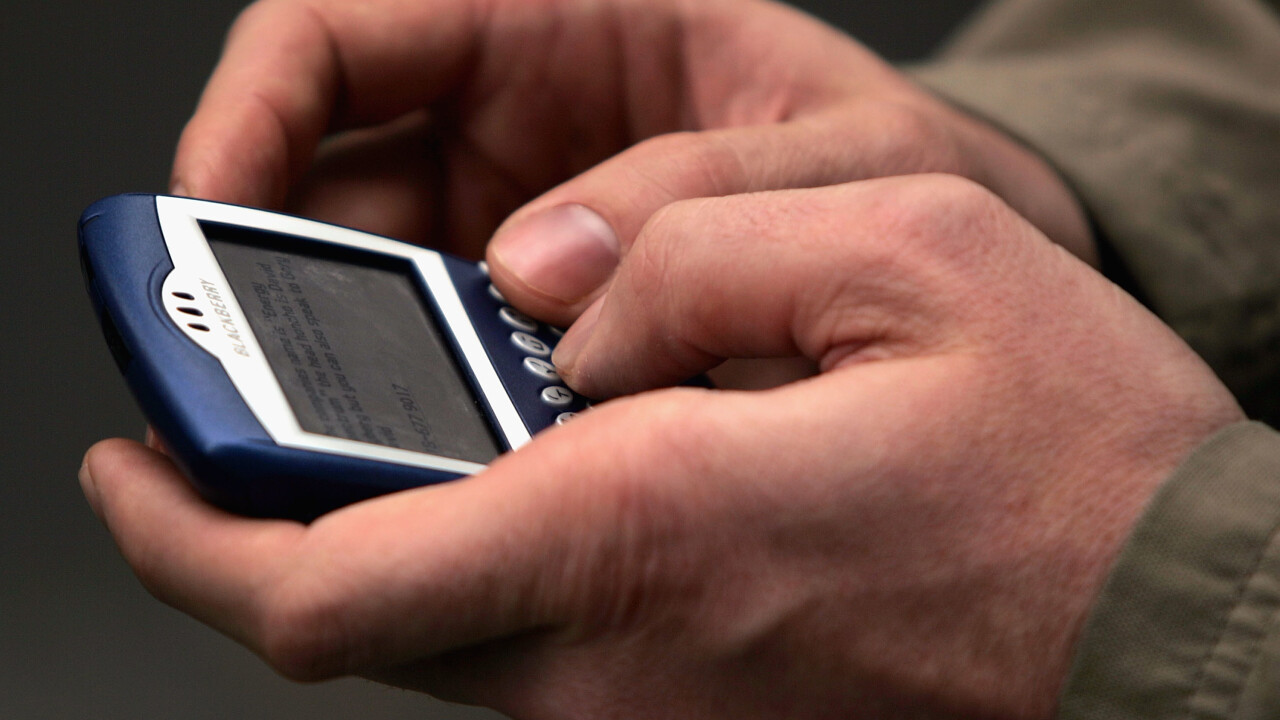
Ziv Eliraz is the Founder and CEO of Zao, social employee referral management platform. Connect with Ziv and Zao on Facebook, Twitter, and LinkedIn.
BYOD: A workplace phenomenon that makes processes easier, streamlines communication, and helps to connect employees around the globe. Short for Bring Your Own Device, the movement means employees can use their own digital tools, like laptops and smartphones, instead of the ones that are provided (or not provided) for them by an employer.
A recent Cornerstone OnDemand report indicated that 41 percent of workers use a personal device for work purposes and 36 percent use applications for work purposes that were not provided by the company.
But while BYOD can help your employees to write reports on-the-go or take part in a meeting wherever they may be, can it also be used to change the way you hire?
You may be surprised, but BYOD can help you and your employees to find the best new team members. Here are some current workplace problems and how BYOD can solve them:
Problem #1: Employees aren’t always close to a desktop
Believe it or not, organizations do exist where not every employee has a computer, or even a work-specific email address. For instance, industries like manufacturing may not invest in computing equipment or smartphone technologies for employees, making it harder for them to be involved in the hiring process.
What happens when a position needs to be filled and you rely heavily on referrals? That’s where BYOD should come in.
A current employee could use their personal iPad or smartphone to post a listing on Facebook. After receiving some leads, they give you a few suggestions, which in turn helps you to find the best hires. This may not have been possible if an employee did not have access to a computer or was not allowed to use their own device in the referral process.
We take personal devices for granted in today’s world. Industries around the world should begin to think of utilizing BYOD to facilitate workflows.
Problem #2: Many employees are on-the-go
Here comes the tricky part: getting your employees to actually use their own devices to help you find the best candidates. While this is generally made easier by tools like employee referral programs, your workers could still be remote or on-the-go, meaning they only have their own devices in tow.
So, say they meet someone at a conference. Using their mobile devices to help you in the recruiting process means getting you leads faster, instead of when they’re near a desktop — or missing out on the referral altogether if they forget about it.
In addition, you should make things easy for your mobile workers. Ensure that every step of the hiring process is mobile friendly, such as a mobile career site, phone applications, or mobile referral portals.
Plus, you can motivate them to be involved by implementing elements like gamification, which is the use of game-like elements to increase engagement. This can easily be conducted through mobile devices.
Dan Veytsman, Vice President of Human Resources at InterCall, also believes BYOD in the hiring process should be positioned as a way to improve the organization as a whole.
“Several thousand recruiters are better than one. So, when we post our job openings on LinkedIn and Facebook, we actively encourage our employees to share them throughout their personal and professional networks,” Veytsman said.
Problem #3: Not all social networks are accessible through a desktop
While LinkedIn and Facebook are great ways to promote job listings, other social networking applications aren’t accessible through desktop computers. For example, more companies are using tools like Instagram to find hires. Without mobile devices, this popular platform won’t be available for hiring use as you cannot search hashtags and users on Instagram’s Web interface.
Allowing employees to use their own devices gives them the opportunity to reach more people. They could even make a game of it, such as using SnapChat to quickly promote listings or utilizing WhatsApp to discover who’s looking for a job, quickly and easily.
But what if BYOD gets abused?
A common BYOD fear are the security risks that may come along with giving your employees the powers in their palms. The fact of the matter is, a phone has as much access to the Internet in the office as it does outside the office.
A secure BYOD system typically does not store data on external devices. It’s all streamed dynamically, allowing for quick disable if a device is stolen or reported missing. Do this correctly and a company can keep its terminals secure and enjoy the full benefits from an open, connected mobile device.
What else should organizations know about BYOD?
BYOD can help you and your employees find better candidates. But Fred Menge, CEO of Magnir, believes a policy should be set up before you dive in.
“Organizations should be aware of and accept that employees will use their mobile devices while at work. Organizations can best help an employee be productive at work while protecting company data by having a BYOD policy and program in place,” Magnir said.
“By doing so, the company can be assured that its data is safe and employees feel they are working for a company that is accepting of current times.”
Get the TNW newsletter
Get the most important tech news in your inbox each week.




